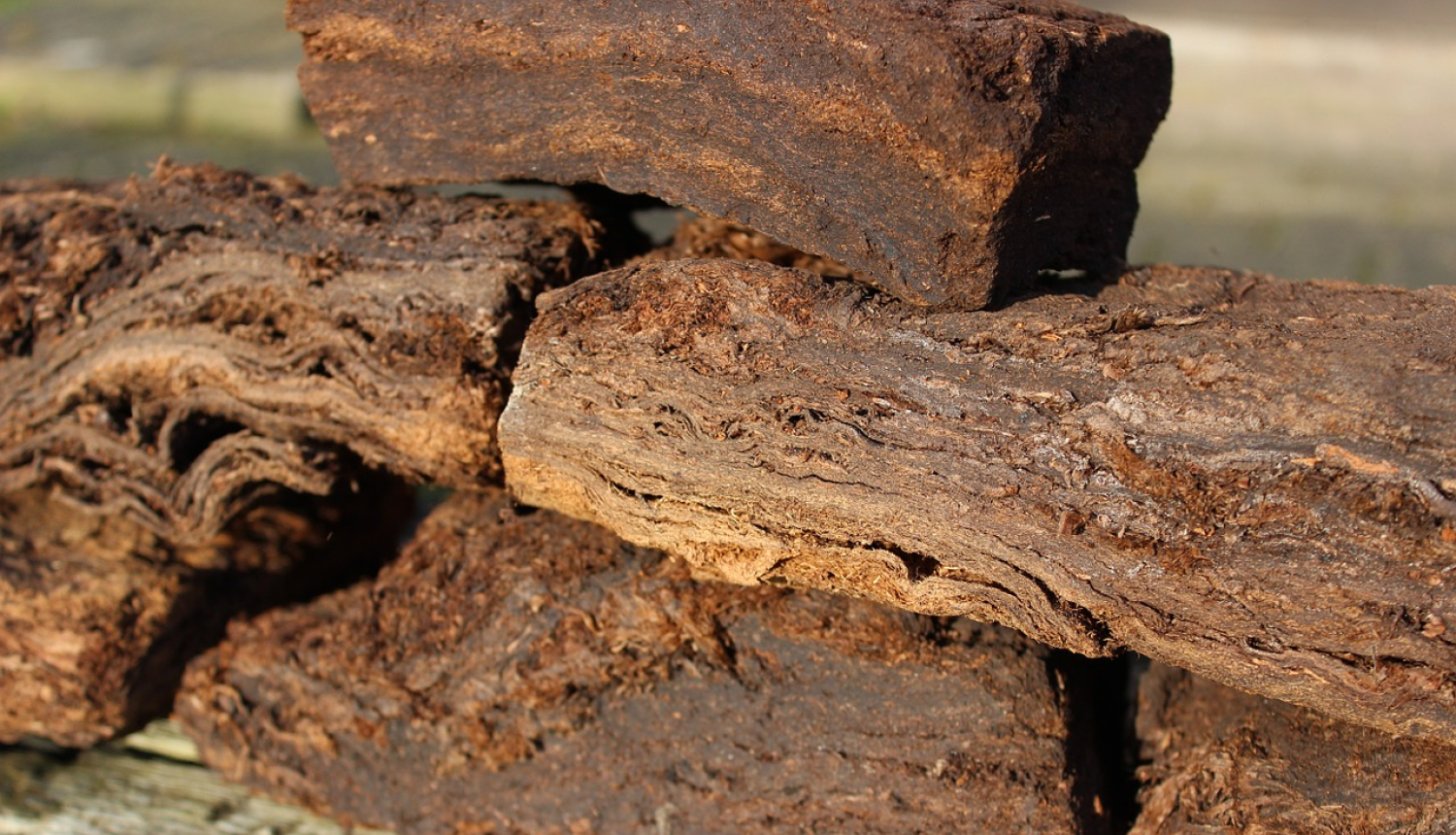Riga, November 17, 2020 - Today the meeting of the Cabinet of Ministers examined the “Guidelines for the Sustainable Use of peat 2020-2030” developed by the Ministry of Environmental Protection and Regional Development, which defines new sustainable development directions for the peat sector, as well as explaining the role of the sector in Latvia's direction towards climate neutrality *.
Peat deposits are an important resource for the development of the country, they cover around 10%-15% of the State area in the territory of Latvia, i.e. . around 6782 km2 to 9700 km2, but the economic potential of peat deposits is not fully exploited s. Floatlands play an important role in the economy, as well as providing ecosystem services to the public (food-consuming nature, recreational and recreational facilities, water regulation in nature, protection against floods, residence birds), as well as large stocks of carbon. . However, the main problems in the peat sector in Latvia, which requires the implementation of government policy, are the identification of protected areas (specially protected natural areas and micro-reserves) and areas to be recovered for peat extraction, the updating of the economic role of the resource, the possibilities for compensating greenhouse gas emissions caused by peat extraction and extraction sites, the quality of geological information. quality and availability, terminology, differences in data available in different data sources, efficient management of formerly used and unharvested areas for peat production, and lack of specialists in the peat sector.
VARAM Vice-Secretary of State for Environmental Protection Alda Ozola: “The guidelines for sustainable use of peat for the period 2020-2030 cover the use of peat in a comprehensive manner and can become the basis for long-term planning for the use of peat. This is a Sustainable Development Policy Planning Document which sets out the objectives of the follow-up action as well as the directions for action to achieve the objectives. . Sustainable management means managing and exploiting resources in a way and to an extent that preserves their potential to carry out environmental, economic and social functions at local, national and global levels now and in the future and which does not pose a threat to other ecosystems. "
The guidelines are designed to assess the potential for sustainable use of peat, taking into account the related sectoral, economic and societal interests in nature protection, limiting climate change and recreational needs, as well as creating preconditions for sustainable management of peat resources, ensuring the systematic dissemination of peat data and the collection of available peat resources, and maintenance. .
In order to ensure the sustainable development of the peat sector, the guidelines identify the main lines of action. For example, the inventory of peat deposits and the management and provision of sustainable peat resources, as well as the use of the economy. The guidelines also aim at improving the legal framework for the use of swamps and building institutional capacity, as well as improving the availability of information and promoting scientific research and innovative solutions for peat extraction and development and recording GHG emissions.
In Latvia, the peat sector is an area that generates around 15% of GHG emissions, so in the long term, in order to achieve climate neutrality in 2050, solutions should be sought to reduce or prevent GHG emissions from increasing. . As one of the potential options for reducing GHG emissions, the guidelines offer purveying in those swamps where no economic activity is carried out a.
* climate neutrality is a situation where economic activity and consumption do not have a negative impact on climate. Achieving climate neutrality is characterised by the balance of greenhouse gases (GHG), namely the reduction of all emissions and the offsetting of non-reduced emissions from plants (g.k. in forests) or underground capture and storage s.
Information message:
Public Relations Department
Ministry of Environmental Protection and Regional Development
Tel. 20200305; 67026533,
email: prese@varam.gov.lv
